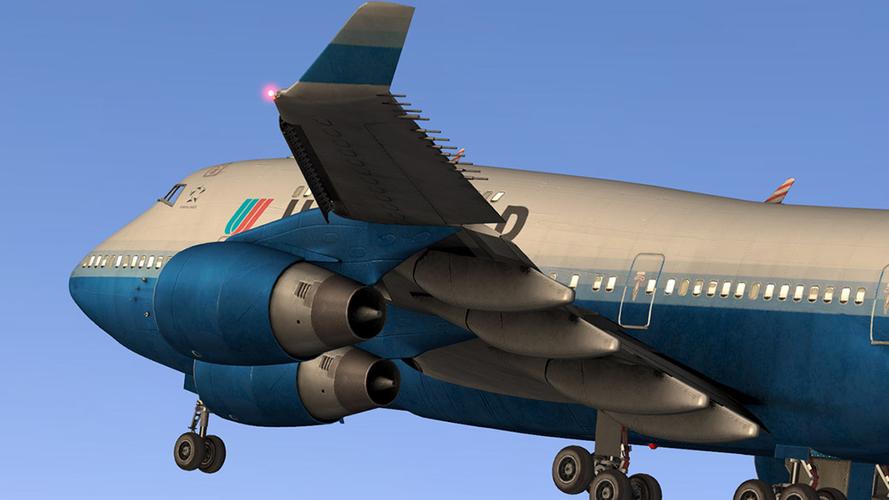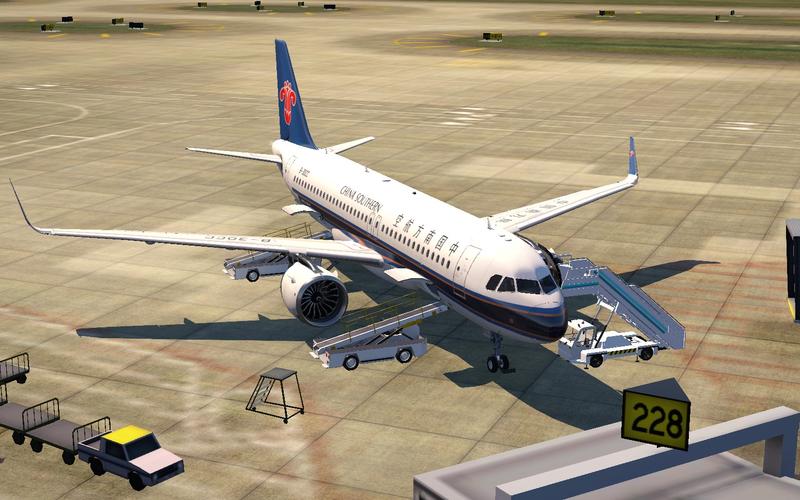
Understanding Bit Plane: A Comprehensive Guide
Bit plane, a term often encountered in the realm of digital image processing, refers to a specific layer or level of an image that represents a particular bit of information for each pixel. In this article, we delve into the intricacies of bit planes, exploring their significance, applications, and the techniques used to manipulate them.
What is a Bit Plane?
A bit plane is essentially a representation of an image at a specific bit depth. In a digital image, each pixel is composed of multiple bits that determine its color or intensity. For instance, an 8-bit image has 8 bits per pixel, allowing for 256 different shades of gray or colors. The bit plane concept arises when we consider each bit separately, creating a separate layer for each bit position.

Let’s take an 8-bit grayscale image as an example. This image has 8 bits per pixel, with each bit representing a different level of intensity. The first bit plane, also known as the least significant bit (LSB) plane, contains the least significant bit of each pixel. The second bit plane contains the second least significant bit, and so on, up to the most significant bit (MSB) plane, which contains the most significant bit of each pixel.
Applications of Bit Planes
Bit planes have various applications in image processing and analysis. Here are some of the key areas where bit planes play a crucial role:
-
Image Compression: Bit planes can be used to compress images by selectively encoding and decoding specific bit planes. This technique is particularly useful for compressing grayscale images, as it allows for more efficient representation of the image data.
-
Image Enhancement: By manipulating individual bit planes, it’s possible to enhance specific features of an image, such as edges or textures. This can be achieved by adjusting the contrast, brightness, or other properties of the bit planes.

-
Image Segmentation: Bit planes can be used to segment an image into different regions based on their intensity levels. This is particularly useful in medical imaging, where bit planes can help identify different tissues or structures within an image.
-
Image Analysis: Bit planes provide a way to analyze the distribution of intensity values within an image. This can be useful for identifying patterns, anomalies, or other features that may not be apparent in the original image.
Bit Plane Encoding and Decoding
Bit plane encoding and decoding are essential techniques for manipulating and processing bit planes. Here’s a brief overview of these processes:
Bit Plane Encoding
Bit plane encoding involves converting an image into a series of bit planes. This is typically done by separating the bits of each pixel into individual planes. For example, in an 8-bit grayscale image, the first bit plane would contain the LSBs of all pixels, the second bit plane would contain the second LSBs, and so on.
Bit Plane Decoding
Bit plane decoding is the reverse process of encoding. It involves reconstructing the original image from the individual bit planes. This is achieved by combining the bits from each plane to form the pixel values of the original image.
Bit Plane Techniques
Several techniques can be employed to manipulate and analyze bit planes. Here are some of the most common ones:
-
Bit Plane Separation: This technique involves separating the bits of each pixel into individual planes, as mentioned earlier.
-
Bit Plane Thresholding: Bit plane thresholding is a method for enhancing specific features in an image by setting a threshold value for each bit plane. Pixels with intensity values above the threshold are set to a specific value, while those below the threshold are set to another value.
-
Bit Plane Filtering: Bit plane filtering is a technique for smoothing or sharpening an image by manipulating the intensity values of individual bit planes.
-
Bit Plane Analysis: Bit plane analysis involves examining the distribution of intensity values within each bit plane to identify patterns, anomalies, or other features.
Conclusion
Bit planes are a powerful tool in the field of digital image processing, offering a wealth of opportunities for image manipulation, enhancement, and analysis. By understanding the concept of bit planes and the techniques used to manipulate them, you can unlock the




